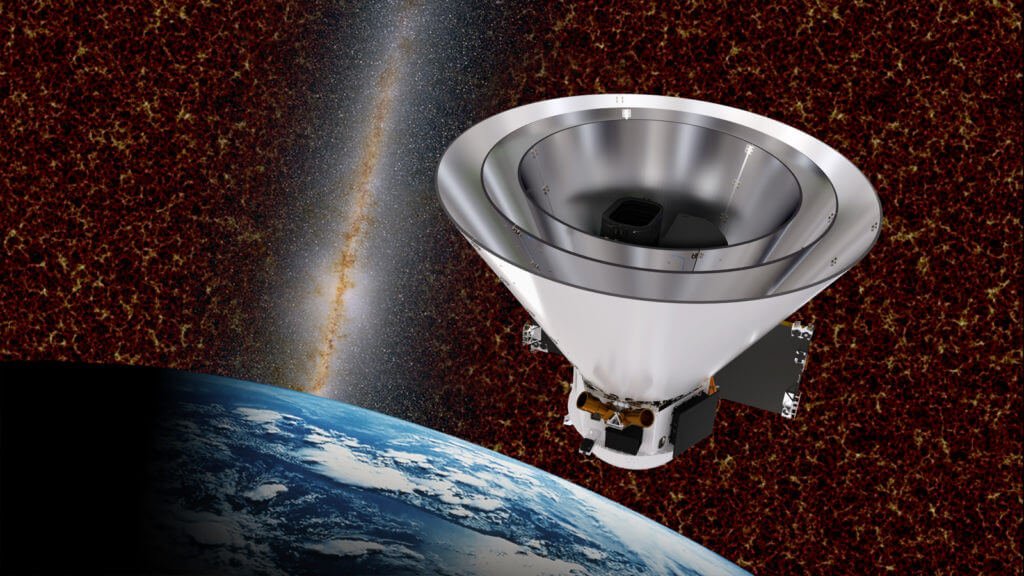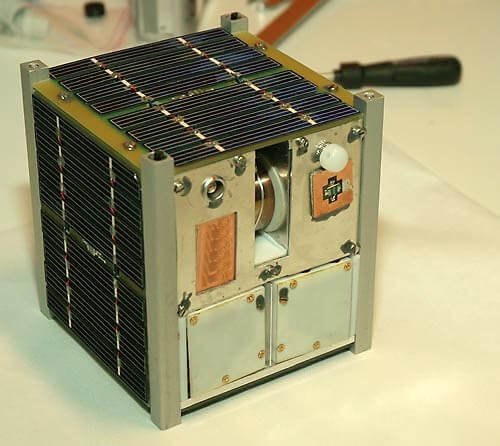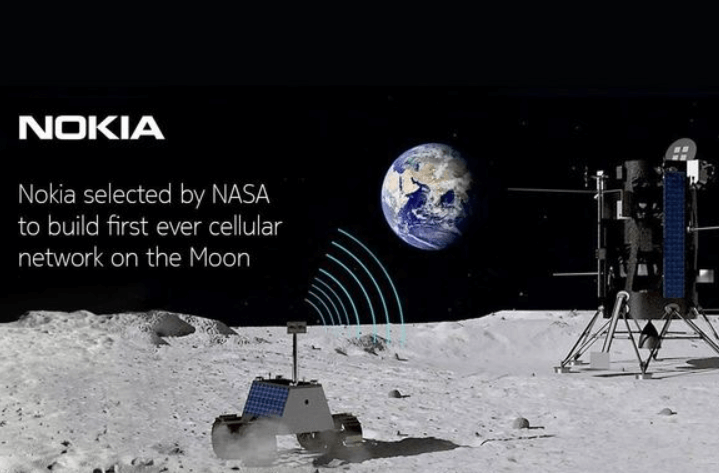The next decade holds promise of an interesting slate of space missions by both government and private entities. These missions will increase our knowledge about the universe, advance technology, and pave the way for further space exploration. From sending humans back to the Moon to exploring distant exoplanets, these missions will transform the space industry. Below is the most-watched mission, its technological advancement, and impact.
Mission Overviews

- Artemis Program (NASA)
Launch Date: 2025-2030 (Multiple Phases)
Mission: Returning humans to the Moon and creating a sustainable presence lunar presence.
Significance: Essentially, An important step toward Mars exploration, the Artemis program intends to create a lasting human presence on the Moon. It will send the Lunar Gateway, a space station that orbits the Moon, and employ new lunar landers to enable crewed exploration. - Mars Sample Return Mission (ESA & NASA)
Launch Date: 2027-2031
Mission Objective: Returning Martian soil and rock samples to Earth for thorough examination.
Importance: This mission would be a great milestone in planetary science because the analysis of Martian samples could prove the existence of past microbial life on Mars with certainty and could give clues to the planet’s geology and climate evolution. - Europa Clipper (NASA)
Launch Date: 2025
Objective: Exploration of Jupiter’s moon Europa to study its habitability.
Significance: Europa’s subsurface ocean is the top contender for supporting extraterrestrial life. This satellite will be equipped with high-resolution cameras, spectrometers, and ice-penetrating radar to study its surface and subsurface. - DearMoon (SpaceX)
Launch Date: Anticipated in 2025
Objective: Commercial lunar flyby mission with civilians and artists onboard Starship.
Significance: This mission plans to lead commercial space tourism . Beyond Earth orbit, the mission will set its foot with chances for civilian individuals to firsthand experience space flight. - LUVOIR (NASA – Large UV/Optical/IR Surveyor)
Launch Date: Late 2030s (Under study)
Mission Objective: Exoplanet study and the search for biosignatures.
Importance: LUVOIR is anticipated to be the next-generation space observatory after James Webb Space Telescope, capable of finding Earth-analog exoplanets and probing their atmospheres for the presence of life.
Technological Innovations
These missions are introducing leading-edge technologies into space exploration:
Nuclear Propulsion: Shorter travel times for deep-space missions, shortening the time to reach Mars and beyond.
Reusable Rockets: Innovations by SpaceX, Blue Origin, and others are making space travel affordable.
Autonomous Navigation: Artificial intelligence-powered spacecraft that can make decisions on their own, less dependent on human controllers.
In-Situ Resource Utilization (ISRU): Harvesting resources like water and oxygen from space bodies to enable long-duration missions.
Scientific Objectives
Each mission is designed to answer critical questions about our universe:
- Artemis Program: Understanding how humans can sustainably live on the Moon and develop technologies for Mars habitation.
- Mars Sample Return: Examining whether Mars once supported life and assessing its suitability for future human colonization.
- Europa Clipper & JUICE: Investigating the potential for life in the subsurface oceans of icy moons.
- LUVOIR: Searching for exoplanets with Earth-like conditions and identifying biosignatures.
- DearMoon: Testing the viability of private deep-space travel and expanding the role of civilians in space exploration.
Global Collaboration
International partnerships play a crucial role in space missions:
- NASA-ESA Collaboration: Mars Sample Return and other joint scientific missions.
- Lunar Gateway (NASA, ESA, JAXA, CSA): A planned space station orbiting the Moon that will serve as a launchpad for deep-space missions.
- China-Russia Lunar Base: A proposed research station on the Moon’s south pole, designed for long-term habitation.
- Commercial Partnerships: Companies like SpaceX, Blue Origin, and Boeing are working alongside space agencies to develop cost-effective and advanced technologies for future missions.
Frequently Asked Questions (FAQs)
1. What are the technological advancements most talked about these days, which will be taking place on space missions?
Missions such as Artemis, Mars Sample Return, and Europa Clipper are widely discussed due to their promise to transform our vision of space and provide new frontiers for human exploration.
2. What technologies will these missions deliver?
Look for breakthroughs in propulsion technology, AI-assisted navigation, reusable spacecraft, and in-situ resource utilization, making it more efficient and sustainable to travel in space.
3. How will these missions extend our knowledge of the universe?
By observing planetary atmospheres, hunting for biosignatures, and examining celestial bodies in close proximity, these missions will unlock unprecedented knowledge about our position in the universe.
4. Are there possibilities for public participation or involvement in these missions?
Yes! Initiatives such as NASA’s Citizen Science, ESA’s Exoplanet Hunters, and private ventures like DearMoon provide educational outreach, competitions, and chances for space enthusiasts to participate in research.









